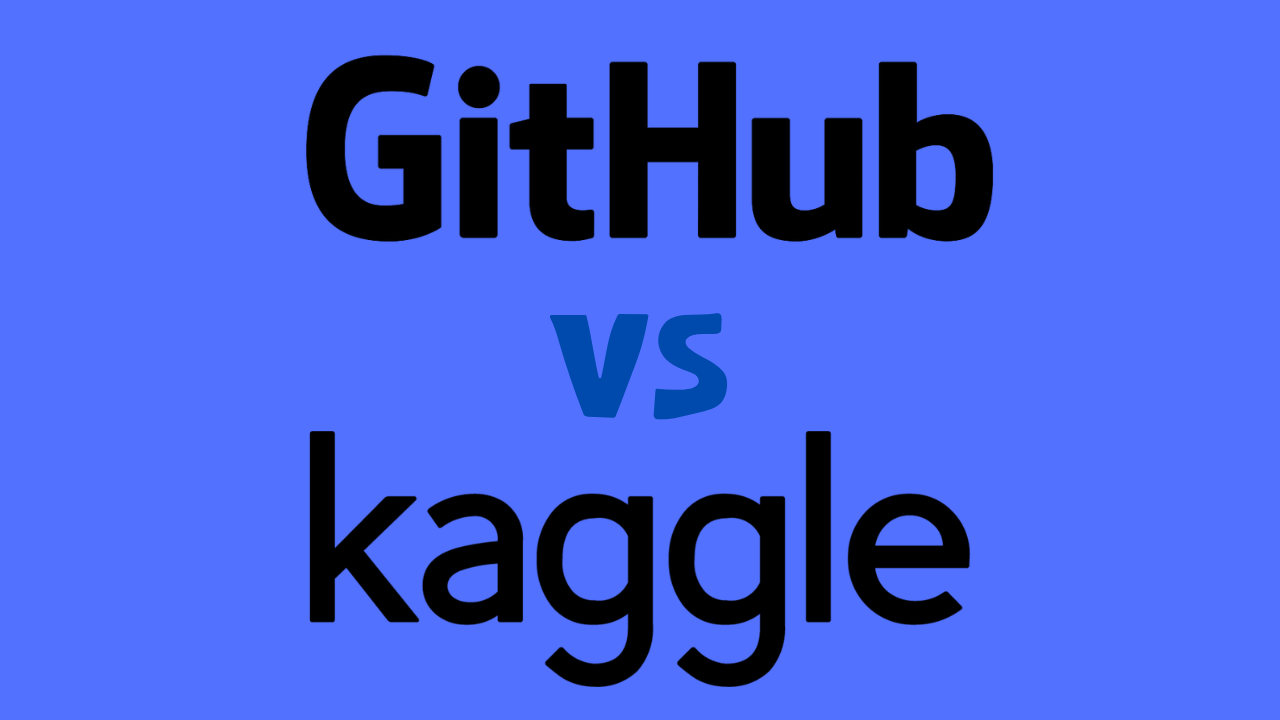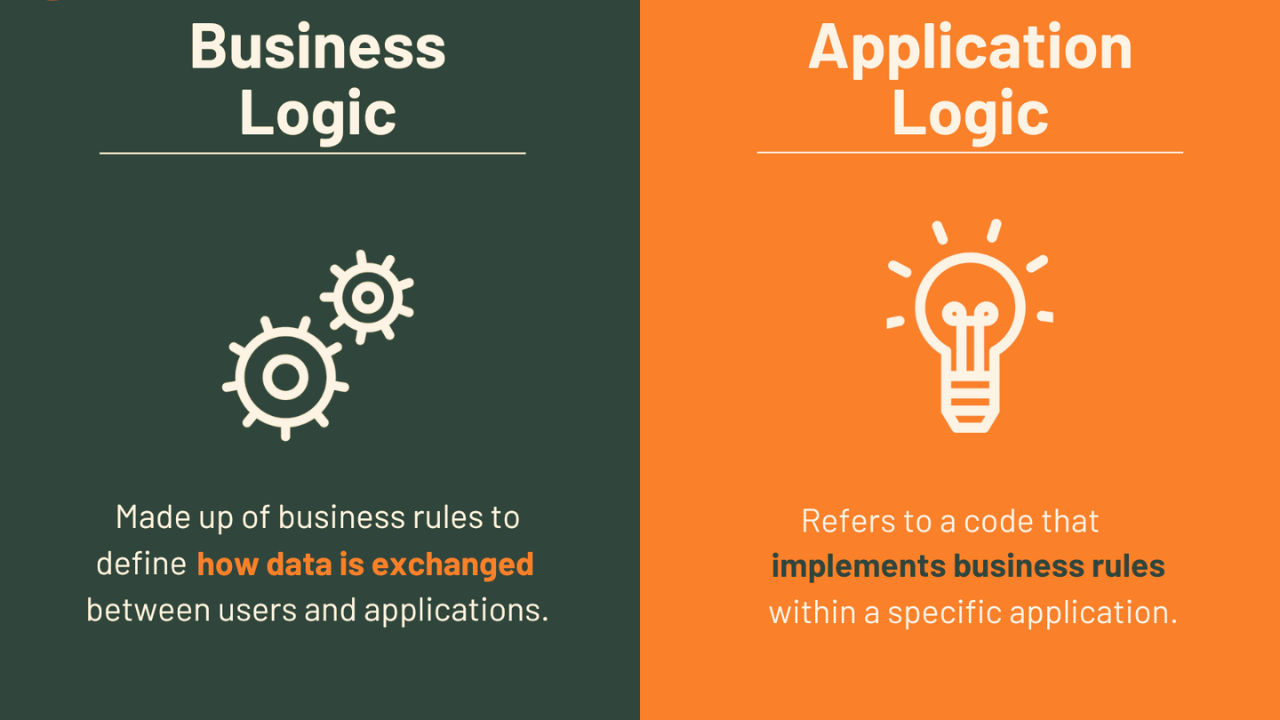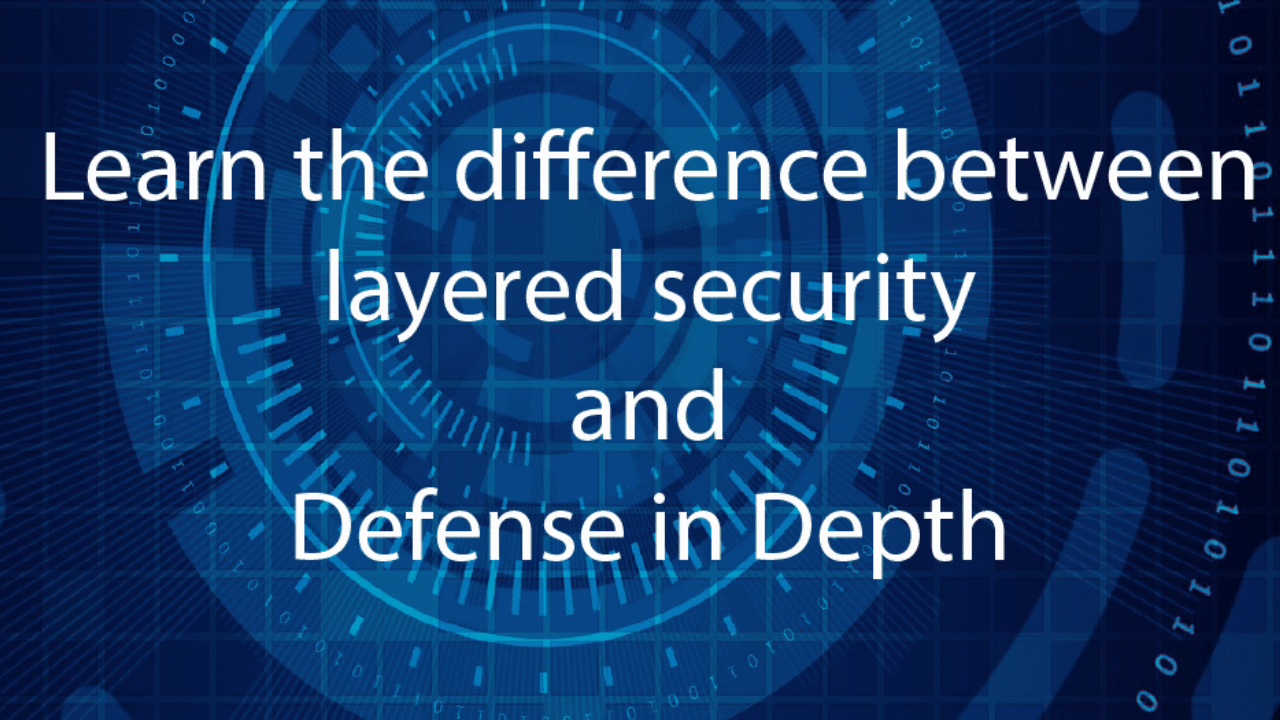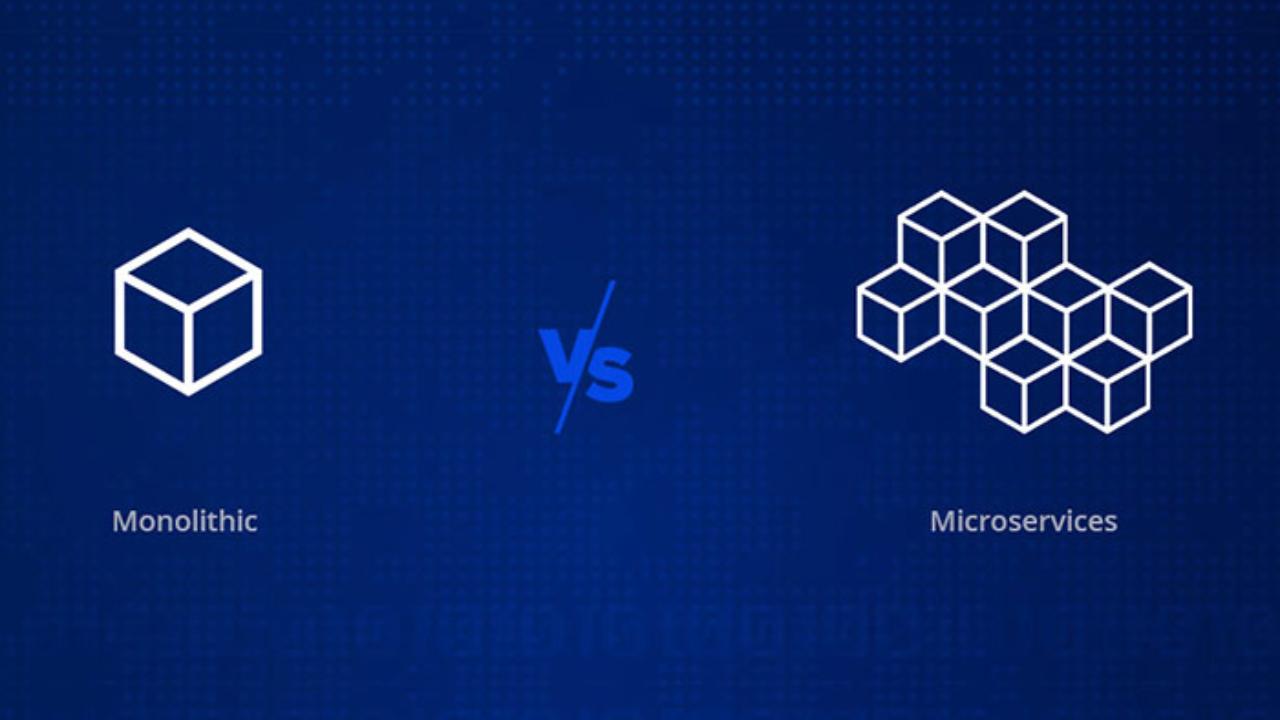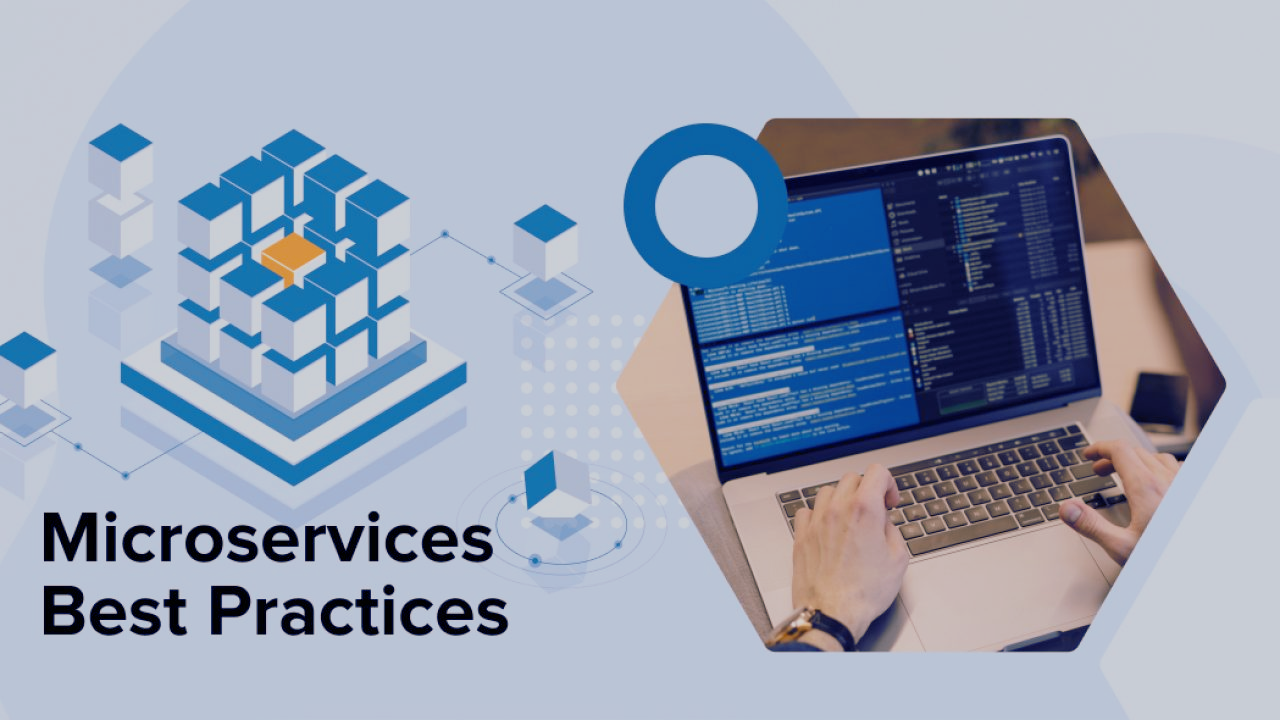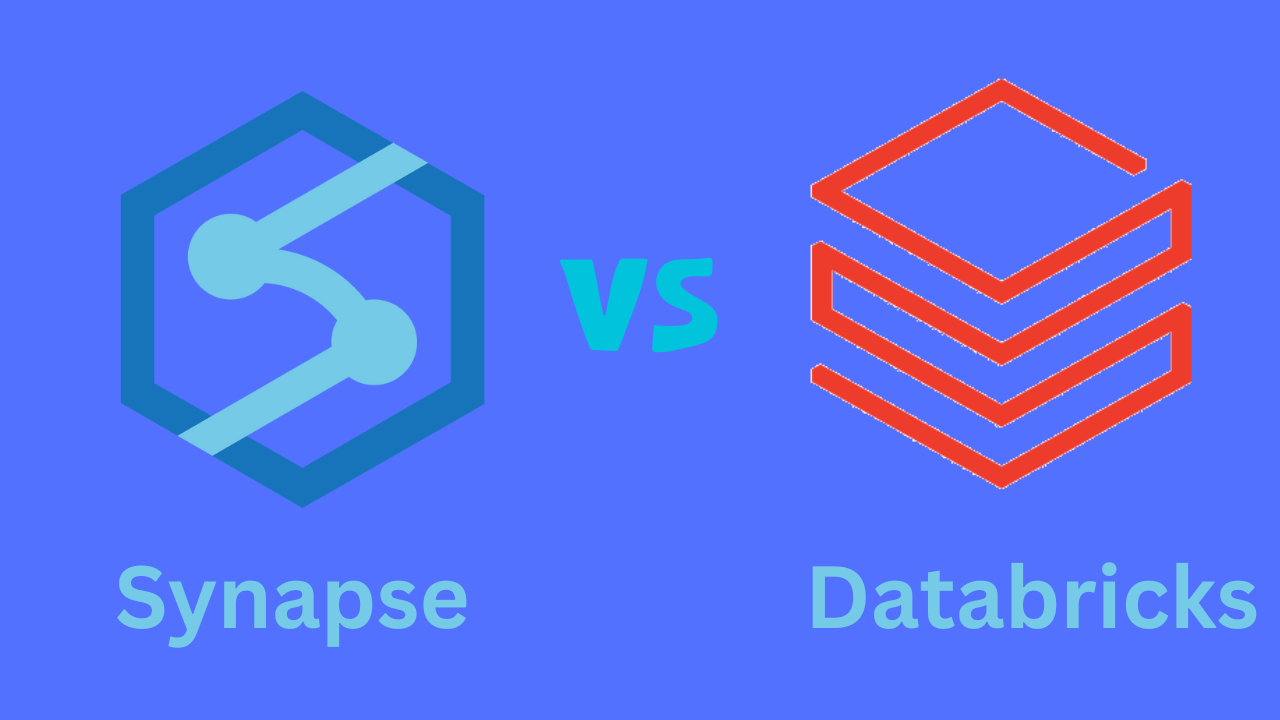Software development has become an integral part of our daily lives. From mobile applications to web-based software, developers are constantly working on new projects to meet the ever-increasing demand for technology. However, with the increasing complexity of software development, it has become essential to use version control systems to manage source code versions.
Version Control Systems
Version Control Systems (VCSs) are essential tools for software engineers who produce source code, change and extend it, undo changes, and jump back to older versions. When several software engineers want to access the same file, concurrency becomes an issue. VCSs enable the acceleration and simplification of the software development process, and enable new workflows. They keep track of files and their history and have a model for concurrent access.
Software Engineering vs Data Science
Centralized Model

The centralized model is the traditional approach to VCSs. It uses a centralized Version Control System (CVCS) to manage files and their history. In this model, all files are stored in a central repository, and software engineers check out files from the repository to work on them. When they are done, they check them back in, and the changes are merged with the repository. This approach has several advantages, including:
- Simplicity: The centralized model is easy to understand and use, making it ideal for small teams or projects.
- Control: The central repository provides a single point of control, making it easy to manage access and permissions.
- History: The centralized model keeps a complete history of all changes, making it easy to track down bugs and errors.
However, the centralized model also has some disadvantages, including:
- Single point of failure: If the central repository goes down, the entire team is unable to work.
- Limited collaboration: The centralized model can limit collaboration, as only one person can work on a file at a time.
- Slow performance: The centralized model can be slow, especially when working with large files or over a slow network.
Distributed Model
The distributed model is a newer approach to VCSs. It uses a distributed Version Control System (DVCS) to manage files and their history. In this model, each software engineer has a complete copy of the repository on their local machine. They can work on files independently, and changes are merged when they are ready. This approach has several advantages, including:
- Flexibility: The distributed model is flexible, allowing software engineers to work independently and collaborate easily.
- Speed: The distributed model is fast, as files are stored locally and changes can be merged quickly.
- Resilience: The distributed model is resilient, as each copy of the repository is a complete backup of the entire project, reducing the risk of data loss.
However, the distributed model also has some disadvantages, including:
- Complexity: The distributed model can be more complex than the centralized model, making it harder to understand and use.
- Security: The distributed model can be less secure, as each copy of the repository is a potential target for hackers.
- Learning curve: The distributed model requires a learning curve, as software engineers need to learn how to use the DVCS and manage conflicts.
Concurrent Versions System (CVS)
Concurrent Versions System (CVS) is a popular CVCS that has been used for many years. It uses a client-server architecture, with a central repository and multiple clients. CVS has several advantages, including:
- Open source: CVS is open source, making it free to use and modify.
- Easy to use: CVS is easy to use, with a simple command-line interface.
- History: CVS keeps a complete history of all changes, making it easy to track down bugs and errors.
However, CVS also has some disadvantages, including:
- Limited collaboration: CVS can limit collaboration, as only one person can work on a file at a time.
- Slow performance: CVS can be slow, especially when working with large files or over a slow network.
- Security: CVS can be less secure, as it uses plaintext passwords and does not support encryption.
Subversion (SVN)
Subversion (SVN) is a popular CVCS that has replaced CVS in many organizations. It uses a client-server architecture, with a central repository and multiple clients. SVN has several advantages, including:
- Open source: SVN is open source, making it free to use and modify.
- Easy to use: SVN is easy to use, with a simple command-line interface and a graphical user interface.
- History: SVN keeps a complete history of all changes, making it easy to track down bugs and errors.
However, SVN also has some disadvantages, including:
- Limited collaboration: SVN can limit collaboration, as only one person can work on a file at a time.
- Slow performance: SVN can be slow, especially when working with large files or over a slow network.
- Security: SVN can be less secure, as it uses plaintext passwords and does not support encryption.
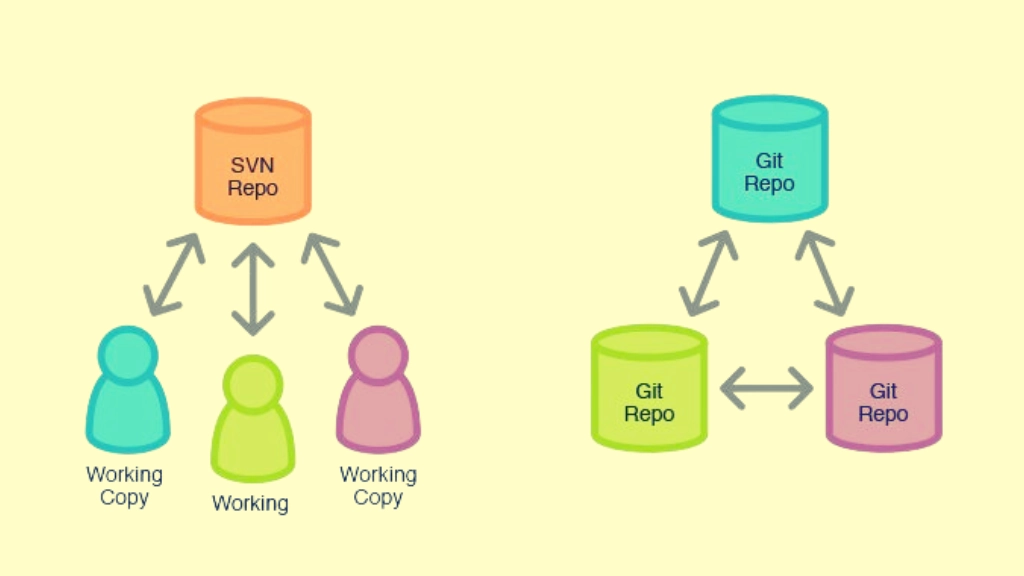
Cybersecurity vs Software Engineering: Choosing the Right Career Path
Git
Git is a popular DVCS that has gained widespread adoption in recent years. It uses a distributed architecture, with each software engineer having a complete copy of the repository on their local machine. Git has several advantages, including:
- Speed: Git is fast, as files are stored locally and changes can be merged quickly.
- Flexibility: Git is flexible, allowing software engineers to work independently and collaborate easily.
- Resilience: Git is resilient, as each copy of the repository is a complete backup of the entire project, reducing the risk of data loss.
However, Git also has some disadvantages, including:
- Complexity: Git can be more complex than other VCSs, making it harder to understand and use.
- Learning curve: Git requires a learning curve, as software engineers need to learn how to use the DVCS and manage conflicts.
- Security: Git can be less secure, as each copy of the repository is a potential target for hackers.
Conclusion
In conclusion, Version Control Systems (VCSs) are essential tools for software engineers who produce source code, change and extend it, undo changes, and jump back to older versions. There are two different approaches to VCSs: the centralized model with the centralized Version Control Systems (CVCSs) and the distributed model with the distributed Version Control Systems (DVCSs). Each approach has its advantages and disadvantages, and the choice of VCS depends on the specific needs of the project. Concurrent Versions System (CVS), Subversion (SVN), and Git are popular VCSs that have been used in many organizations. By choosing the right VCS, software engineers can accelerate and simplify the software development process, and enable new workflows.


